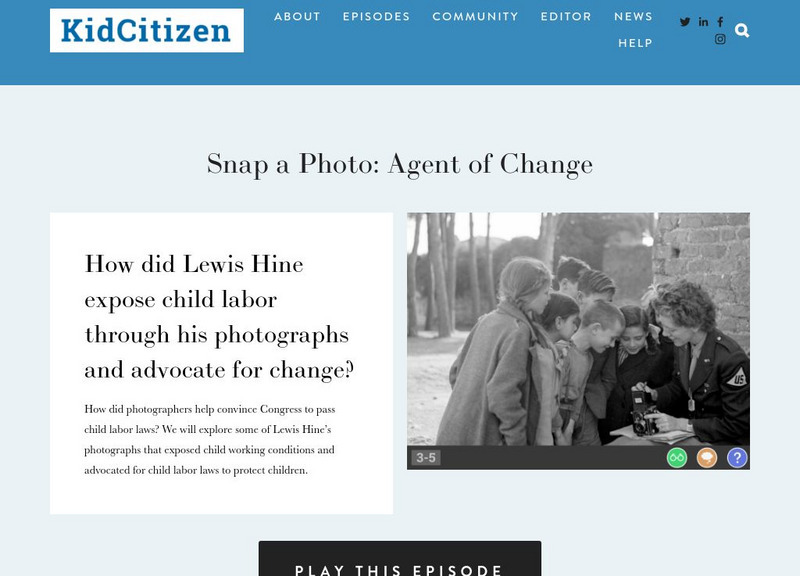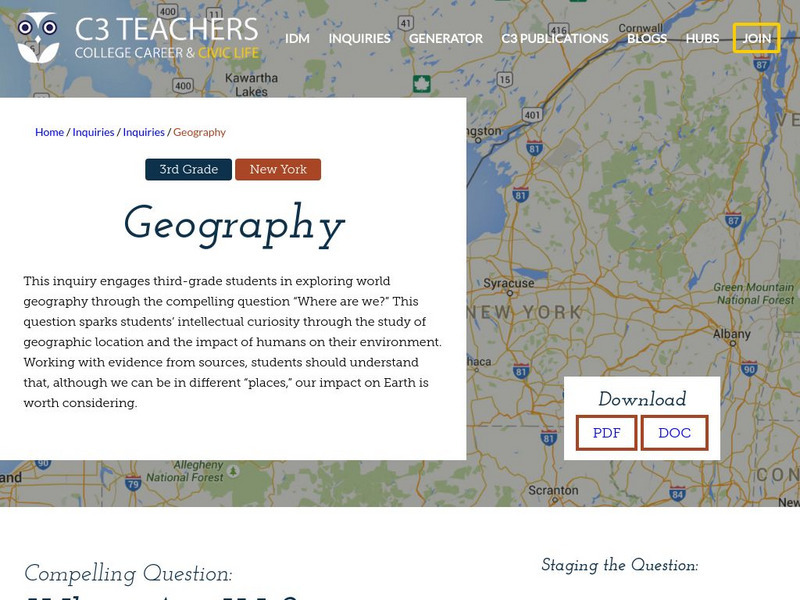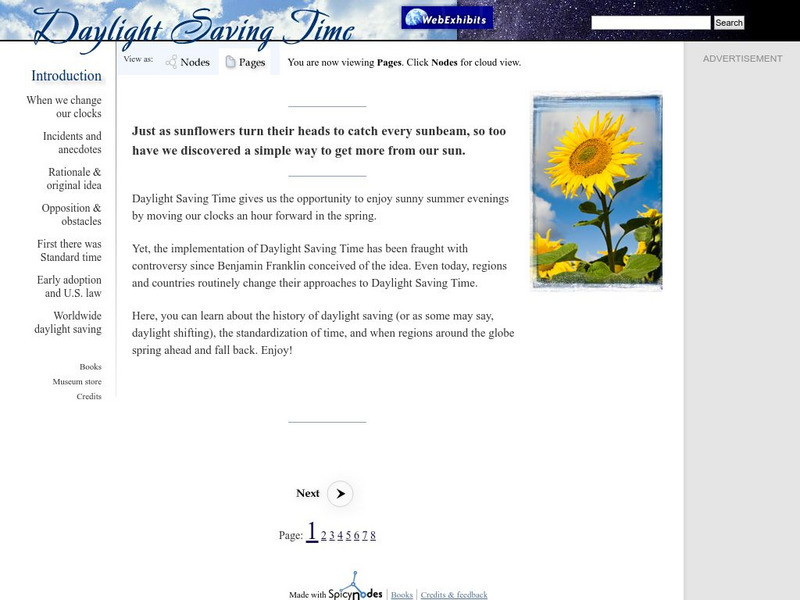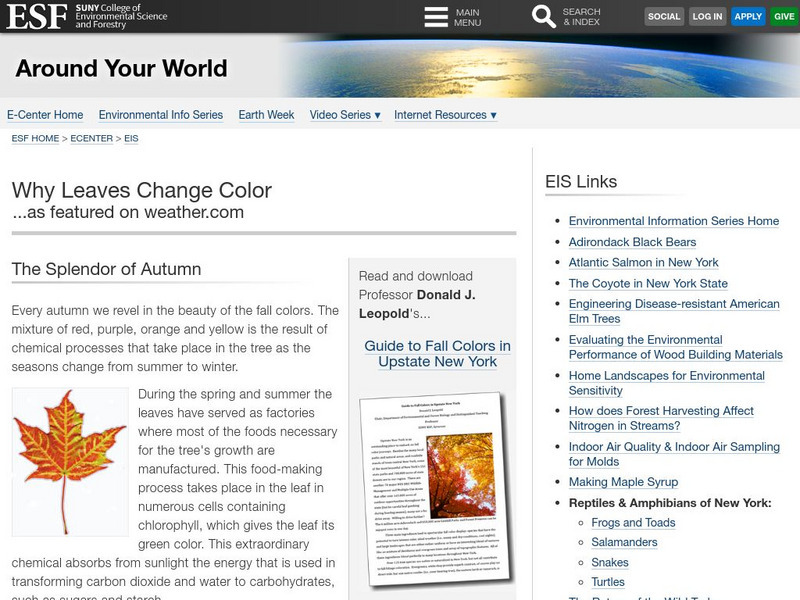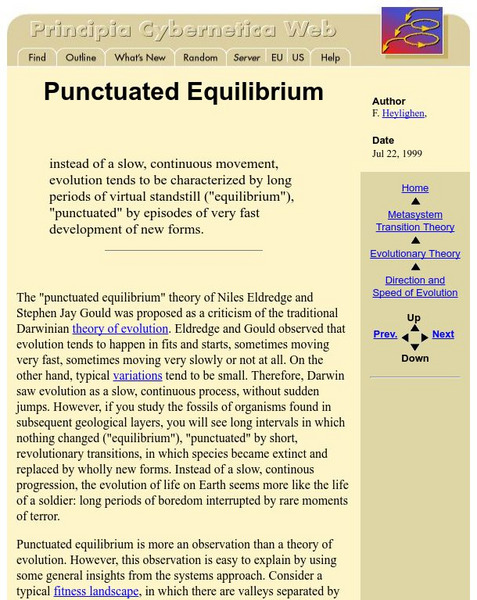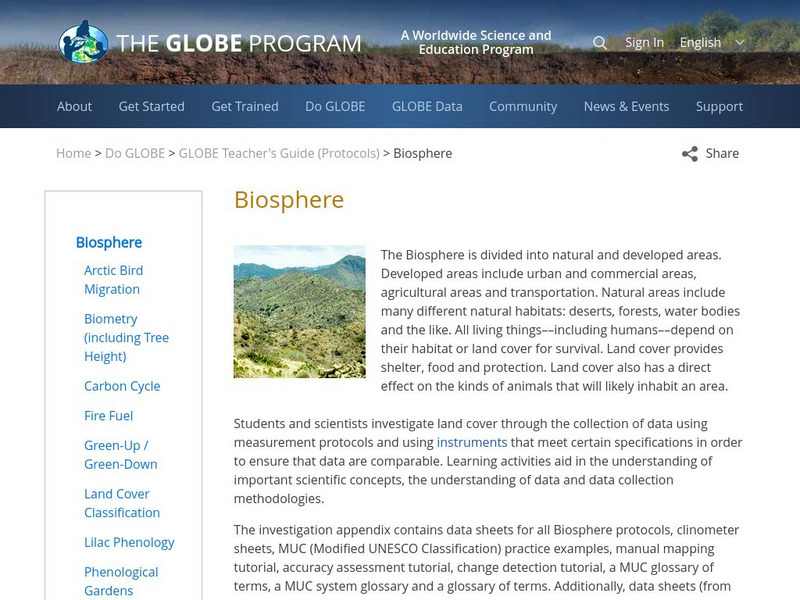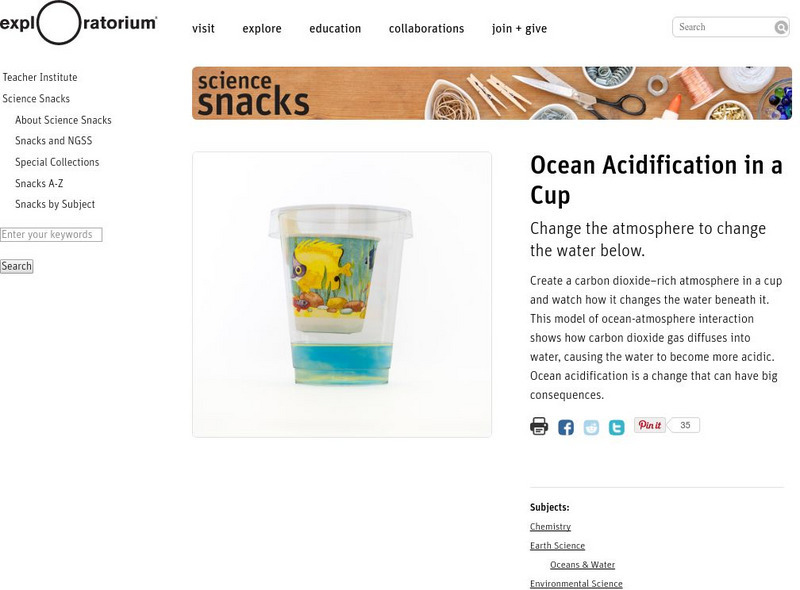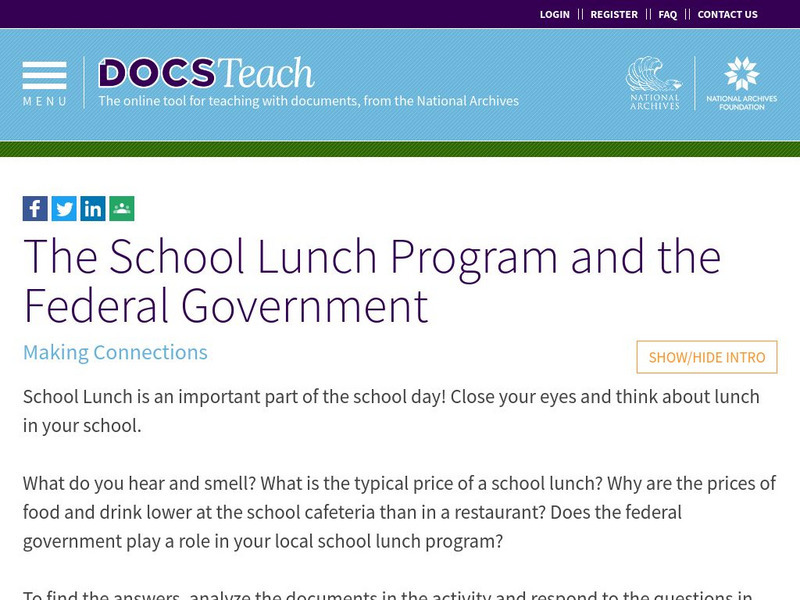PBS
Pbs Learning Media: Observing Refraction of Light
This video segment adapted from Shedding Light on Science illustrates how light changes speed, and thus direction, in a process known as refraction. Includes background reading and discussion questions. [2:05]
Other
Kid Citizen: Snap a Photo: Agent of Change
How did photographers help convince Congress to pass child labor laws? This module explores some of Lewis Hine's photographs that exposed children's working conditions and advocated for child labor laws to protect them. In this tutorial,...
Utah STEM Foundation
Utah Stem Action Center: Changes in Matter
The goal of this activity is to develop and use a model to describe that matter is made of particles on a scale that is too small to be seen. You will be making observations of changes supported by a particle model of matter.
American Chemical Society
Inquiry in Action: Change in Temperature: Exothermic Reaction
Students will observe an exothermic reaction in this activity where they add calcium chloride to a baking soda solution. This increase in temperature is due to the chemical change that has occurred.
Huntington Library
Huntington Library: Making Community Measurements: Which Plant Part? [Pdf]
A lesson in observing a plant or plant community in different seasons for the purposes of recording observable changes.
NASA
Nasa Earth Observatory: Changing Global Cloudiness
Learn what clouds are made of and how they form. Read reports from several different cloud observations and how the clouds effect climate.
C3 Teachers
C3 Teachers: Inquiries: Geography
A learning module on world geography. It includes several supporting questions accompanied by formative tasks and source materials, followed by a summative performance task. Students investigate where their community is located, where...
Other
Nature Canada: Connect With Nature: Ice Watch
IceWatch is a Canadian program that uses volunteers to observe changes in the ice in their environments, and submit their observations. The purpose of the initiative is to monitor climate change. Tips on how to ice-watch and how to...
NASA
Nasa Earth Observatory: Ocean and Climate Fact Sheet
Read about Earth's oceans and the effects that climate have had on the rising temperatures over the past one hundred years. Discover how the Earth's ocean and atmosphere are interlocked so that when one changes, the other is affected.
PBS
Pbs Learning Media: Atmospheric Oxygen
In this feature, adapted from Interactive NOVA: Earth, students explore the relationship between oxygen concentration and the well-being of various organisms by simulating a change in oxygen levels and observing what happens.
Institute for Dynamic Educational Advancement
Web Exhibits: Daylight Saving Time
Why in the world do we turn our clocks forward in the Spring and back again in the Fall? Share with your students the rationale and history of the Daylight Saving Time concept from Benjamin Franklin through World War I and World War II...
NASA
Nasa Earth Observatory: Clouds & Radiation Fact Sheet
This article highlights facts about clouds and their role in the Earth's climate change.
University Corporation for Atmospheric Research
Ucar: Elementary Globe: All Year Long
In this activity, kids record their observations of an outdoor environment in a science journal. The spot they record could be close to home or seen out a window.
Illustrative Mathematics
Illustrative Mathematics: 8.f Riding by the Library
In this task, 8th graders draw the graphs of two functions from verbal descriptions. Both functions describe the same situation but changing the viewpoint of the observer changes where the function has output value zero. This forces the...
Other
Suny E Sf: The Splendor of Autumn
This brief site describes the changes that take place within leaves and the environment which result in the colors we observe in Autumn.
Alabama Learning Exchange
Alex: Chemical Reaction in a Bag
Students will use scientific methods in creating and observing a chemical reaction.
Other
Principia Cybernetica Web: Punctuated Equilibrium
Starts with a definition of Punctuated Equilibrium, followed by an explanation of this "Observation," and how it fits with other evolutionary theory.
Globe
The Globe Program: Biosphere
Website from Global Learning and Observations to Benefit the Environment (GLOBE) Program with comprehensive learning and field study resources on the biosphere in which students use materials and data to make observations and learn about...
BioEd Online
Bio Ed Online: Moving Air
In the following lesson for learners grades 3-5 students observe how changing the temperature affects a small amount of air inside of a bubble. Student sheets are provided in English and in Spanish.
University of Colorado
University of Colorado: Ph Et Interactive Simulations: Lunar Lander
An interactive simulation that teaches about the lunar landing, the moon, and mass by observing how changes in mass and thrust affect fuel consumption while trying to avoid a boulder field and put a lunar lander on the moon. This...
Science Education Resource Center at Carleton College
Serc: Investigating Rock Layers and Fossils to Infer Past
This activity is an inquiry-based field investigation of the sedimentary geology of Lilydale Regional Park's brickyards area, a bluff and slope location near St. Paul Minnesota's Harriet Island and Cherokee Heights Park. Young scholars...
Exploratorium
Exploratorium: Science Snacks: Ocean Acidification in a Cup
In this activity, you can observe how ocean acidification can have big consequences. This activity has students creating a cup that has a carbon dioxide-rich atmosphere that allows them to watch how the water changes beneath the atmosphere.
Exploratorium
Exploratorium: Science Snacks: Cool Hot Rod
This activity will show students how objects change size when heated and cooled. Students will observe a metal tube have expansion and contraction.
US National Archives
Docsteach: The School Lunch Program and the Federal Government
Learners will draw upon the visual and textual data presented in photographs and documents to gain an understanding of how the federal school lunch program is a direct result of the Great Depression, how it became a permanent part of the...

